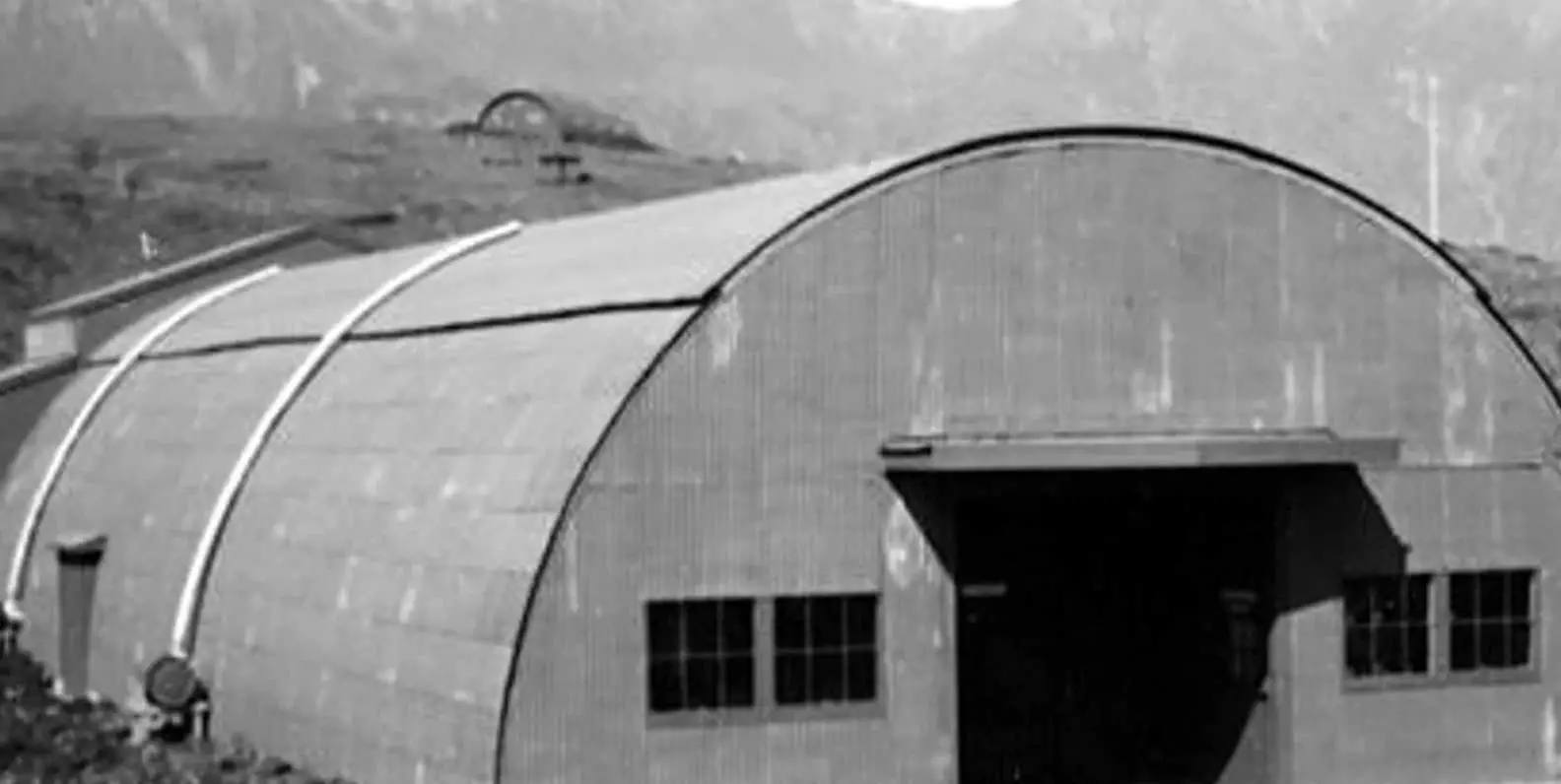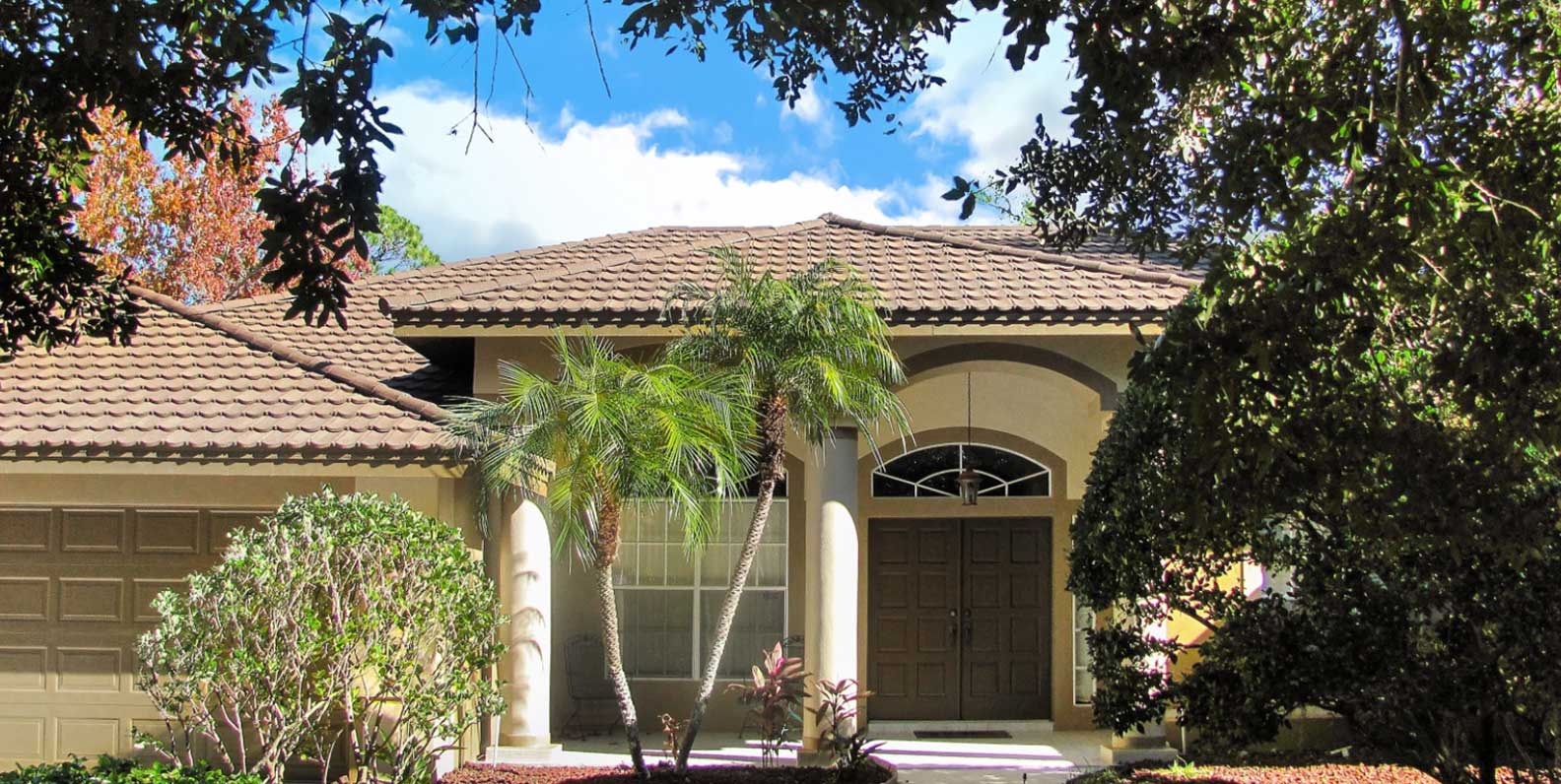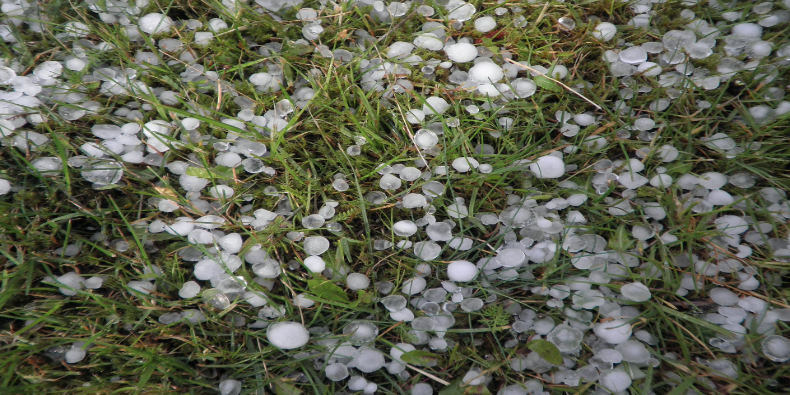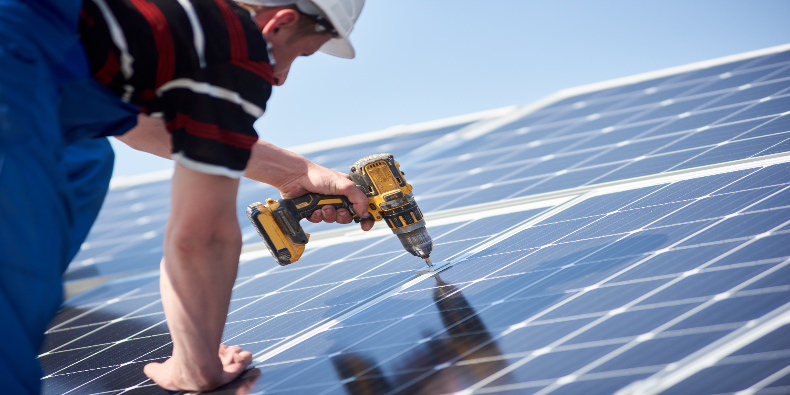For nearly seven decades, DECRA Metal Roofing has been protecting homes and buildings with unmatched durability and style. But our story goes back even further, all the way to World War II, when the earliest version of DECRA was developed to protect vital structures during the Blitz.
Over the years, DECRA’s technology, design, and performance have evolved dramatically. In fact, under different names and formulations, DECRA’s innovative metal roofing legacy spans more than 86 years.
Curious how it all began? This blog explores:
- How DECRA’s original technology helped safeguard key buildings during World War II
- The innovations that transformed DECRA into a top residential roofing choice decades later
- Why homeowners today trust DECRA for unmatched weather resistance and long-lasting protection
From its origins in wartime innovation to its modern role in protecting homes across North America, DECRA’s legacy of strength and resilience continues to stand the test of time, just as it has since the 1940s.
The Origins of DECRA Metal Roofing
What we know today as DECRA Metal Roofing began as Decraspray in 1939. During the bombing raids over the United Kingdom in World War II, countless buildings needed to be rebuilt quickly using whatever materials were available.
One major challenge was that corrugated metal panels, commonly used for reconstruction, were highly reflective, making them easy targets during nighttime bombings. The Allied Command needed a non-reflective coating that was durable and could be produced despite wartime shortages.
That’s where Decraspray Co., a bituminous emulsion manufacturer, stepped in. Their chemists developed a groundbreaking protective coating that not only shielded buildings from air raids but also resisted the harsh, rain-soaked, salt-laden climate of Great Britain.
After the war, the coating proved nearly impossible to remove, so effective that industrial developers and contractors across Europe began using it for long-term building protection. The product eventually caught the attention of New Zealand entrepreneur Lou Fisher, who acquired the rights to manufacture it outside the UK and trademarked it in 1955 as Decramastic.
Fisher added crushed stone granules to the material, preventing roof panels from sticking together and enhancing their appearance. This innovation not only improved performance but also helped introduce stone-coated metal roofing to the residential market, laying the foundation for what would become DECRA Metal Roofing today.
Why DECRA Took Off in the 1980s
By the late 1970s, early versions of DECRA Metal Roofing, officially trademarked in 1978, had evolved through decades of innovation in aesthetics, durability, and installation, including the development of its signature interlocking panel system. But it wasn’t until the 1980s that DECRA truly made its mark in the United States.
During this time, California faced a surge of devastating wildfires, leading to bans on traditional wood shake roofing. Homeowners began searching for fire-resistant roofing alternatives, and DECRA’s stone-coated metal roofing quickly became the ideal solution. Naturally noncombustible and fire-resistant, DECRA provided a level of protection that traditional materials couldn’t match. The roofing system soon gained nationwide attention, especially as wildfire frequency and intensity continued to rise across the West and beyond.
DECRA holds the highest fire rating from Underwriters Laboratories (UL), an independent organization that tests many home and construction products. Homeowners rest easier knowing that fires outside the home will be met with a roof that resists combustion and stays in place to protect the dwelling below.
In addition to its exceptional safety performance, DECRA stone-coated metal roofing offers a wide variety of profiles and colors that mimic the look of traditional shake, tile, and shingle roofing, allowing homeowners to enjoy premium fire protection without compromising on architectural style or curb appeal.
How DECRA Protects Homes Today
All-Around Severe Weather Protection
Since its beginnings, DECRA Metal Roofing has evolved far beyond fire resistance to provide comprehensive protection against extreme weather. Whether you live in the heat of the Southwest, the snow of the Midwest, or the storm-prone Southeast, DECRA is engineered to withstand it all.
Across the U.S., homeowners are facing more unpredictable weather than ever, deep freezes in Texas, heatwaves in the Pacific Northwest, and even tornadoes in New England. Wherever you call home, DECRA’s stone-coated steel roofing helps safeguard your property year-round.
Worried about hail? Many homeowners are because it often accompanies severe storms and can leave properties with thousands of dollars in hail damage repair insurance claims. It’s good to know that DECRA has a high impact resistance rating from UL and carries a warranty against damage from hailstones as big as a tennis ball. This durability helps protect your investment and reduce costly insurance claims after severe storms.
DECRA is also designed to endure hurricane-force winds. Tested to the rigorous Miami-Dade, Florida standards, DECRA roofs can withstand wind speeds up to 120 mph without lifting, tearing, or blowing off, even during intense storm-pressure events that create wind uplift.
Rain driven by strong winds is yet one more concern for homeowners. It seeps into the tiniest of openings, ruining roof decking and causing interior leaks. However, DECRA’s clever interlocking system mentioned above, along with its rain-shedding surface, means your home is safe from wind-driven rain. DECRA performs rigorous in-house testing of its roofing too. It can resist rain leakage at wind speeds as high as 110 miles per hour.
For homeowners in snowy regions, DECRA offers additional peace of mind:
- Strong yet lightweight design prevents roof sagging under heavy snow.
- Textured surface encourages snow to slide off naturally, reducing accumulation.
- Hollow-core structure maintains even roof temperature, helping prevent ice damming.
You can even install DECRA in the middle of winter, unlike asphalt shingles, which require a precise temperature range during warmer weather.
Financial Benefits to Protect Your Bottom Line
DECRA metal roofing gives homeowners a number of cost-effective benefits that protect their bank accounts as well:
- Longevity: Metal roofing like DECRA lasts two to three times longer than traditional roofing materials such as asphalt shingles, clay tiles, and wood shakes.
- Insurance discounts: Many homeowners enjoy paying less for insurance premiums thanks to metal roofing. That’s ideal at a time when insurance companies are conducting drone inspections to cancel policies on properties with roofs likely to need claims.
- Increase in home value: Are you thinking about selling your home in the future? Or would you like to build more equity? A DECRA roof can increase your home’s value by up to 6%.
- Energy savings: DECRA’s surface doesn’t absorb the sun’s rays like other materials. That can keep your roof from heating up, reducing cooling costs by up to 25%.
- Low maintenance: Save money on roof cleaning and maintenance. DECRA is resistant to oxidation, rust, and the growth of plants and fungi, like mushrooms and moss.
Request a Sample of DECRA Roofing
Want to see up close what has made DECRA so terrific for 68 years? Request a complimentary sample for your next roof remodel. We’re confident you’ll be impressed and understand why DECRA has revolutionized roofing since it was first introduced!
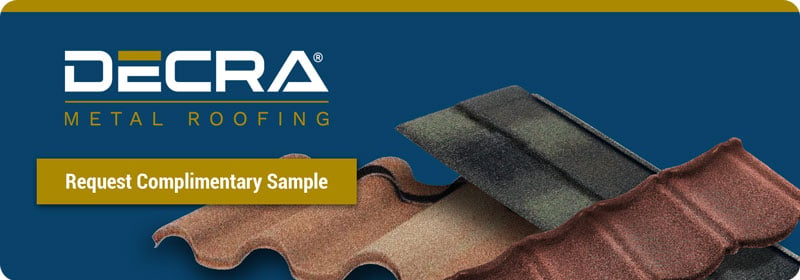
Editor’s Note: This blog was originally published in September, 2022 but has been updated with relevant information.

